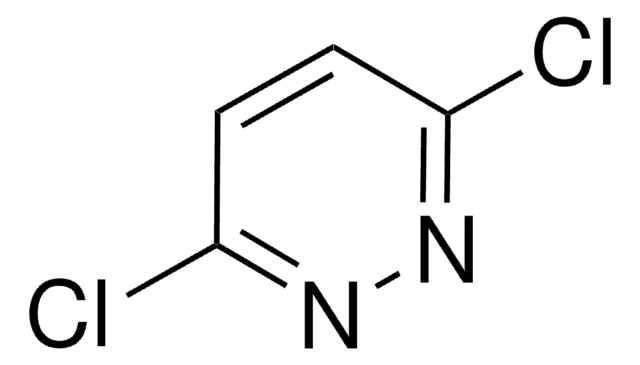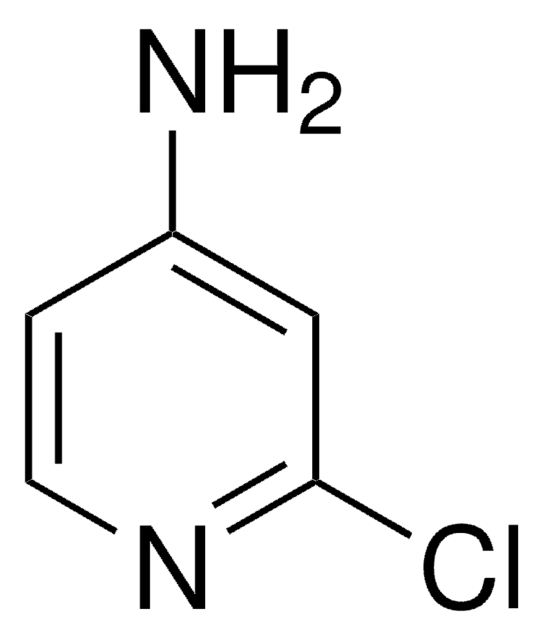All Photos(1)
About This Item
Linear Formula:
H2NC6H2(Cl)2OH
CAS Number:
Molecular Weight:
178.02
EC Number:
MDL number:
UNSPSC Code:
12352100
PubChem Substance ID:
NACRES:
NA.22
Recommended Products
Quality Level
Assay
98%
form
powder
mp
167-170 °C (lit.)
SMILES string
Nc1cc(Cl)c(O)c(Cl)c1
InChI
1S/C6H5Cl2NO/c7-4-1-3(9)2-5(8)6(4)10/h1-2,10H,9H2
InChI key
KGEXISHTCZHGFT-UHFFFAOYSA-N
Signal Word
Warning
Hazard Statements
Precautionary Statements
Hazard Classifications
Acute Tox. 4 Oral - Eye Irrit. 2 - Skin Irrit. 2
Storage Class Code
11 - Combustible Solids
WGK
WGK 3
Personal Protective Equipment
dust mask type N95 (US), Eyeshields, Gloves
Choose from one of the most recent versions:
Already Own This Product?
Find documentation for the products that you have recently purchased in the Document Library.
Daniel Aigner et al.
Journal of materials chemistry. C, 1(36), 5685-5693 (2013-10-01)
New optical pH-sensors relying on 1,4-diketopyrrolo-[3,4-
Benoît Limoges et al.
Journal of the American Chemical Society, 130(23), 7259-7275 (2008-05-21)
The use of enzyme labeling techniques to convert biorecognition events into high sensitivity electrochemical signals may follow two different strategies. One, in which the current is the electrocatalytic response of a redox couple serving as cosubstrate to a redox enzyme
G O Rankin et al.
Toxicology, 90(1-2), 115-128 (1994-05-31)
Halogenated anilines and aminophenols are nephrotoxicants and hepatotoxicants in mammals. The purpose of this study was to determine the in vivo and in vitro nephrotoxic and hepatotoxic potential of 4-amino-2,6-dichlorophenol, a putative metabolite of 3,5-dichloroaniline. In the in vivo experiments
S K Hong et al.
Toxicology and applied pharmacology, 147(1), 115-125 (1997-11-14)
A halogenated derivative of 4-aminophenol, 4-amino-2, 6-dichlorophenol (ADCP), is a potent nephrotoxicant and a weak hepatotoxicant in Fischer 344 rats. Although the mechanism of ADCP nephrotoxicity is unknown, ADCP could undergo oxidation to a reactive intermediate, such as a 4-amino-2,6-dichlorophenoxy
Gary O Rankin et al.
Toxicology, 245(1-2), 123-129 (2008-02-05)
4-Amino-2,6-dichlorophenol (ADCP) is a potent acute nephrotoxicant in vivo inducing prominent renal corticomedullary necrosis. In vitro, ADCP exposure increases lactate dehydrogenase (LDH) release from rat renal cortical slices at 0.05 mM or greater. The purpose of this study was to
Our team of scientists has experience in all areas of research including Life Science, Material Science, Chemical Synthesis, Chromatography, Analytical and many others.
Contact Technical Service









